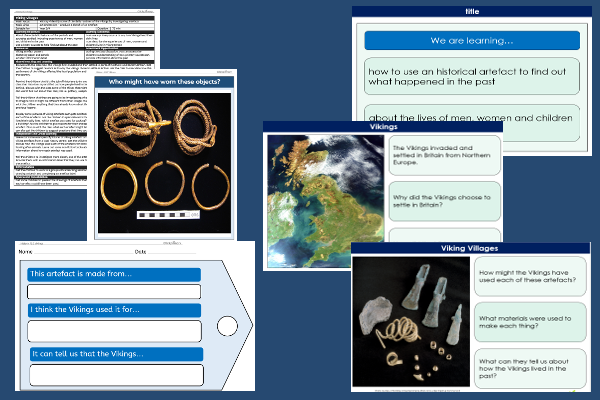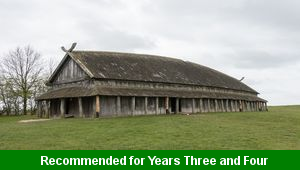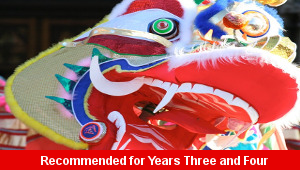Lesson Two – Viking Villages

This history teaching pack for Key Stage Two gets the children to practise identifying and recording some of the daily routines that were performed by the Vikings by investigating artefacts that were used in the past.
The class can produce and display models of different artefacts using a range of materials and explain their functions in a Viking community in the past.
Download this teaching pack including a lesson plan, classroom activities and an interactive presentation to practise identifying and recording some of the daily routines that were performed by the Vikings by investigating artefacts that were used in the past
Activities in this teaching pack include display posters to describe some of the artefacts left behind by the Vikings in the past and a template to select and record facts ad information about an artefact that was used by the Vikings for a specific function.
The interactive presentation can be used to explore some of the daily routines of the Vikings by investigating artefacts that were used in the past.
This lesson is part of a history scheme of work to get the children to explore how the Vikings settled and built communities in Britain in the past by referencing their culture and traditions. There are teaching activities for shared learning, differentiated worksheets to support independent learning and interactive presentations to introduce concepts and key skills.
-

New Start
Explore how to prepare for and deal with some of the new events and special occasions that someone might experience in life
-

Viking Settlement
Explore how the Vikings settled and built communities in Britain in the past by referencing their culture and traditions
-

Changing Seasons
Investigate changes that can happen to the natural world during the four seasons of the year and reflect on similar changes that can occur in people’s lives
-

Chinese Dragons
Select and combine different mouldable and other materials to create masks representing dragons that can be worn during a performance dance
